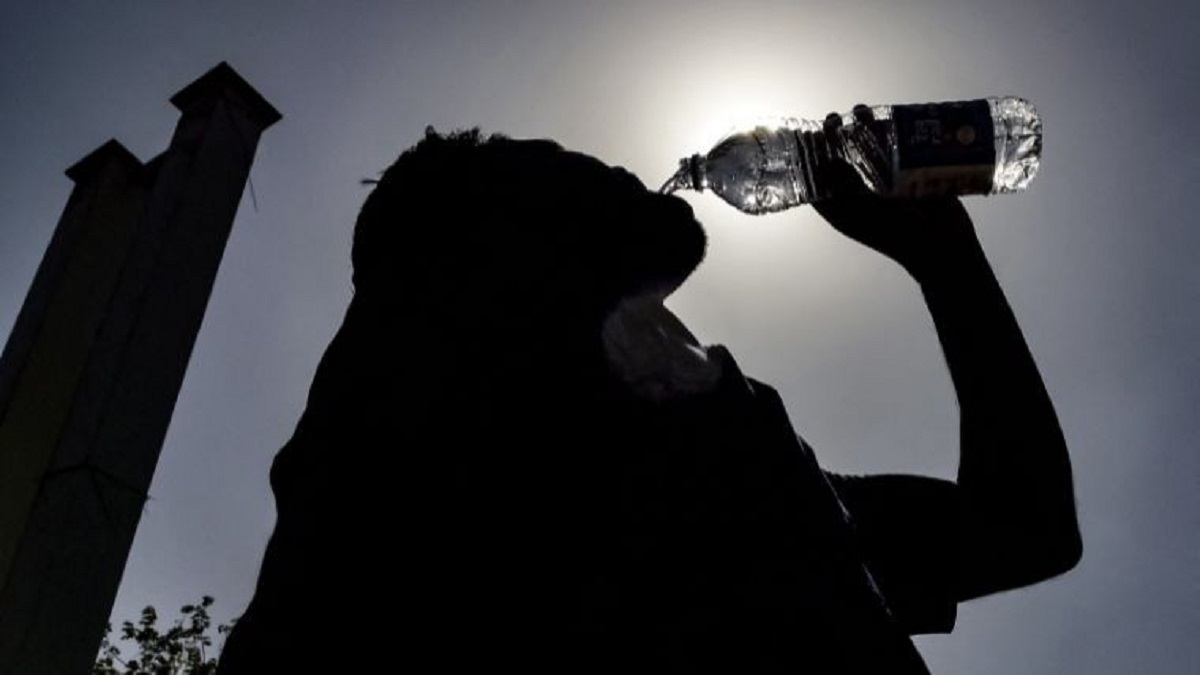Here's how climate change is impacting India's heatwaves

After an unusually cool start to summer, northwestern India is now facing a brutal heatwave in June’s final stretch. Temperatures have soared past 44°C across Delhi, Rajasthan, Punjab, and Haryana, with the India Meteorological Department issuing red alerts for five consecutive days since June 9th.
This year’s delayed heat came as a surprise. Earlier months brought unexpected relief through scattered rain and thundershowers across the Indo-Gangetic Plains. Delhi even recorded its wettest May ever with 186.4 mm of rainfall, breaking the previous 2008 record of 165 mm.
The dramatic shift occurred when weather patterns changed abruptly. The monsoon had advanced early but stalled after reaching Mumbai and the northeastern regions. Western disturbances weakened significantly, allowing hot, dry winds from the Thar desert- where temperatures reached 48°C- to sweep across northern and central India unchecked.
What makes this heatwave particularly dangerous is the rising humidity levels. This combination doesn’t just increase discomfort; it creates serious health risks, especially for outdoor workers, children, elderly people, and economically vulnerable populations who lack adequate cooling resources.
Scientists directly link these extreme conditions to global warming’s expanding influence. Climate change has increased the severity and unpredictability of Indian heatwaves, with humidity becoming an increasingly troublesome factor. Even small increases in moisture levels can make temperatures feel 2-4°C hotter.
The northern plains, traditionally accustomed to dry heat, now struggle with humid conditions as climate change increases atmospheric moisture capacity. For every degree of warming, air can hold 7% more water vapor, fundamentally altering regional weather patterns.
Research spanning 1991-2020 reveals alarming trends. Heatwaves are spreading to previously unaffected areas. For example, coastal Kerala experienced its first heatwave conditions during 2011-2020, while Arunachal Pradesh began seeing extreme heat between 2001-2010. Northern states show increasing heatwave frequency each decade.
Scientific analysis also shows decreasing wind speeds over northern India during pre-monsoon months, reducing the transport of cooler air masses and intensifying heat buildup. Meanwhile, stronger southern winds suggest changing circulation patterns possibly linked to weakening westerlies or altered monsoon timing.
High-pressure systems over northwest India create subsidence of dry air, preventing cloud formation and amplifying solar radiation. These systems direct warm, dry air toward traditionally cooler regions, explaining unusual heatwave occurrences in northeastern states and Kerala.
Mortality data from 1991-2020 shows devastating impacts. Andhra Pradesh and Odisha reported the highest death tolls, with 4,675 and 3,269 heatwave-related fatalities respectively during peak months. Telangana saw 909 deaths in June alone, indicating late-season vulnerability.
Health experts warn of surging heat-related hospitalisations as extreme temperatures extend into monsoon months. Urban heat islands worsen city conditions, demanding immediate intervention through robust heat action plans, climate-resilient infrastructure, and targeted public health strategies.
Climate Trends latest analysis provides clear evidence that India’s heatwave patterns are fundamentally changing, requiring adaptive strategies to protect vulnerable populations from this growing climate threat.
India